Here is a look at Trump’s actions and what happens next.
What does Trump’s executive order say about EVs?
Trump’s order said he would “eliminate the electric vehicle (EV) mandate” and promote true consumer choice, which is essential for economic growth and innovation, by removing regulatory barriers to motor vehicle access; by ensuring a level regulatory playing field for consumer choice in vehicles.” While there is no Biden mandate to force the purchase of EVs, the Democratic president’s policies were aimed at encouraging Americans to buy them and car companies to shift from gas-powered vehicles to electric cars.
Trump’s order, entitled “Unleashing American Energy,” revokes a non-binding goal set by Biden that EVs make up half of new cars sold by 2030. The order also seeks to terminate a federal exemption that allows California to phase out the sale of gas-powered cars by 2035. The federal waiver is important not only to California but also to more than a dozen other states that follow its nation-leading standards on vehicle emissions.
Language in the order and others issued by Trump on Monday indicate he is likely to seek to repeal a $7,500 tax credit for new EV purchases approved by Congress as part of Biden’s landmark 2022 climate law, as well as roll back Biden-era Environmental Protection Agency rules to tighten limits on greenhouse gas emissions and other pollution from passenger and commercial vehicles.
Trump’s order Monday was reminiscent of actions taken during his first term in the White House when he rolled back tough vehicle emissions standards set under Democratic then-President Barack Obama.
Did Trump address EV charging?
In the executive order, Trump also put an immediate pause on billions of dollars in funding allocated for EV charging stations appropriated through the climate law, known as the Inflation Reduction Act and the bipartisan infrastructure law approved in 2021.
Biden had set a goal of creating 500,000 such chargers by 2030. As of late last year, there were 214 operational chargers in 12 states that have been funded through federal laws, with 24,800 projects underway across the country, according to the Federal Highway Administration. A total of more than 203,000 publicly available charging ports are operating across the US, with nearly 1,000 being turned on every week, according to the agency. This is more than double the number available in 2021.
New Jersey Rep. Frank Pallone, the top Democrat on the House Energy and Commerce Committee, said Trump’s attempt to withhold money already appropriated by Congress is illegal.
“While Trump has a long history of stiffening contractors who worked on his failed business ventures, the American government must uphold its commitments,” Pallone said. Freezing money from the infrastructure and climate laws “would cost countless Americans their jobs,” he said. , calling the funding “a direct investment in American manufacturing and homegrown American energy … that people across the country are counting on.”
Where do EVs stand in the US?
Though the pace of EV sales growth in the US slowed last year, EVs accounted for 8.1% of new vehicle sales, up from 7.9% the year before, according to Motorintelligence.com.
The cost of EVs has slowly come down as the auto industry scales manufacturing of the vehicles and expensive battery prices improve, but they still cost more upfront than traditional gasoline-powered cars. And while automakers will likely welcome efforts to loosen emissions standards, the elimination of federal subsidies could make it harder to sell EVs, which they’ve spent billions of dollars developing over the past several years.
Even before Monday’s order, some automakers have pulled back ambitious plans to go electric. Ford nixed plans for electric three-row SUVs in lieu of making them gas-electric hybrids; General Motors delayed production at an EV battery cell plant.
John Bozzella, president and CEO of the Alliance for Automotive Innovation, an industry group, said there’s a “mismatch” between EV sales targets and requirements by states like California.
“There’s a saying in the auto business: you can’t get ahead of the customer,” Bozzella said, adding that the US should have “a single, national standard to reduce carbon in transportation.”
“We can’t have regulations that push the industry too far ahead of the customer,” he said. “More balance between the regulations and the preservation of customer choice is the goal.”
What happens next?
Temporarily, sales of EVs could skyrocket as car buyers rush to take advantage of existing tax credits encouraging electrified car purchases.
But the order also means the US could have a more challenging time meeting emissions reduction goals in the long run. Light-duty cars and trucks are responsible for more than half of the US greenhouse gases from transportation, and the sector itself is a major contributor to the nation’s overall emissions.
Any action to roll back or revise regulations is likely to face legal challenges from environmental groups and others.
“These clean car rollbacks will burden Americans with a Trumpfecta of higher prices, more pollution and weaker competitiveness,” said Dan Becker, director of the Center for Biological Diversity’s Safe Climate Transport Campaign. “Trump’s attacking the biggest single step ever taken to fight climate. pollution.”
Leading up to the election, Trump became closer to Tesla CEO Elon Musk. The company has the highest market cap of automakers around the globe and leads the EV market, even with increasing competition from other manufacturers. Notably, Trump seemed to temporarily soften his stance on EVs somewhat in recent months. Musk is now heading the president’s so-called Department of Government Efficiency, a nongovernmental task force that will look to find ways to slash federal regulations, fire federal workers and cut programs.
Get insights into Upcoming Cars In India, Electric Vehicles, Upcoming Bikes in India and cutting-edge technology transforming the automotive landscape.
First Published Date: 22 Jan 2025, 08:12 AM IST
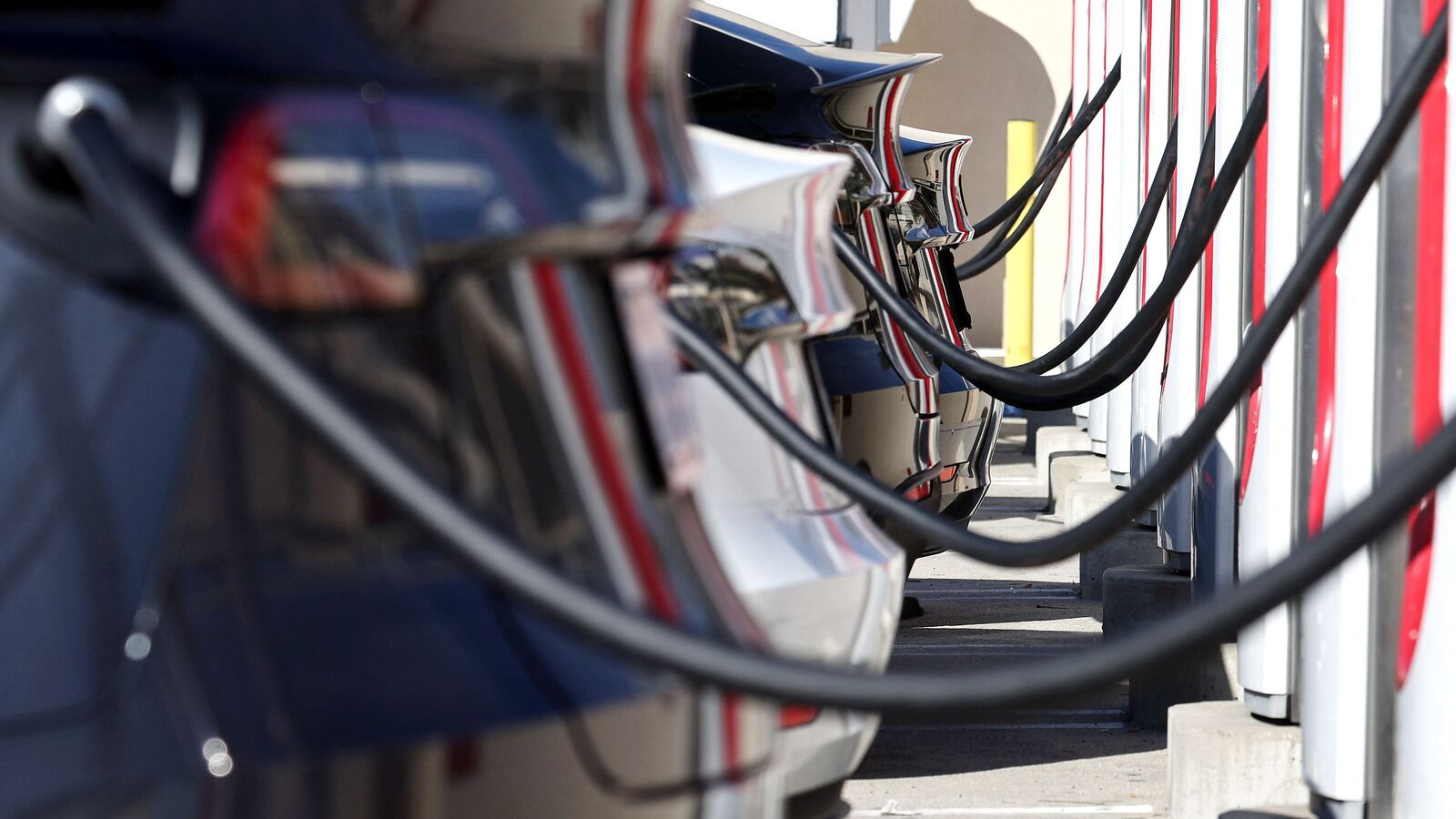

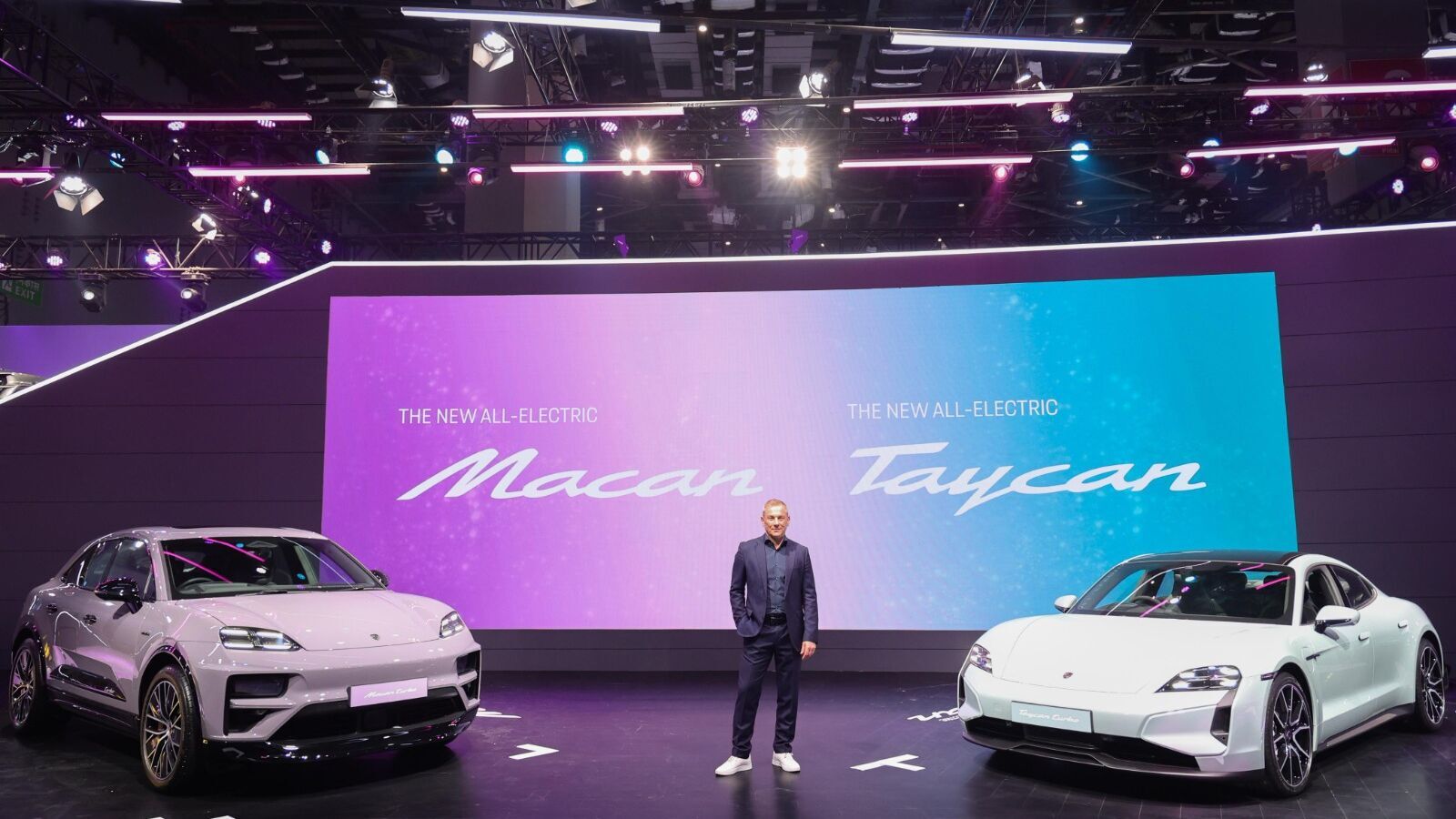
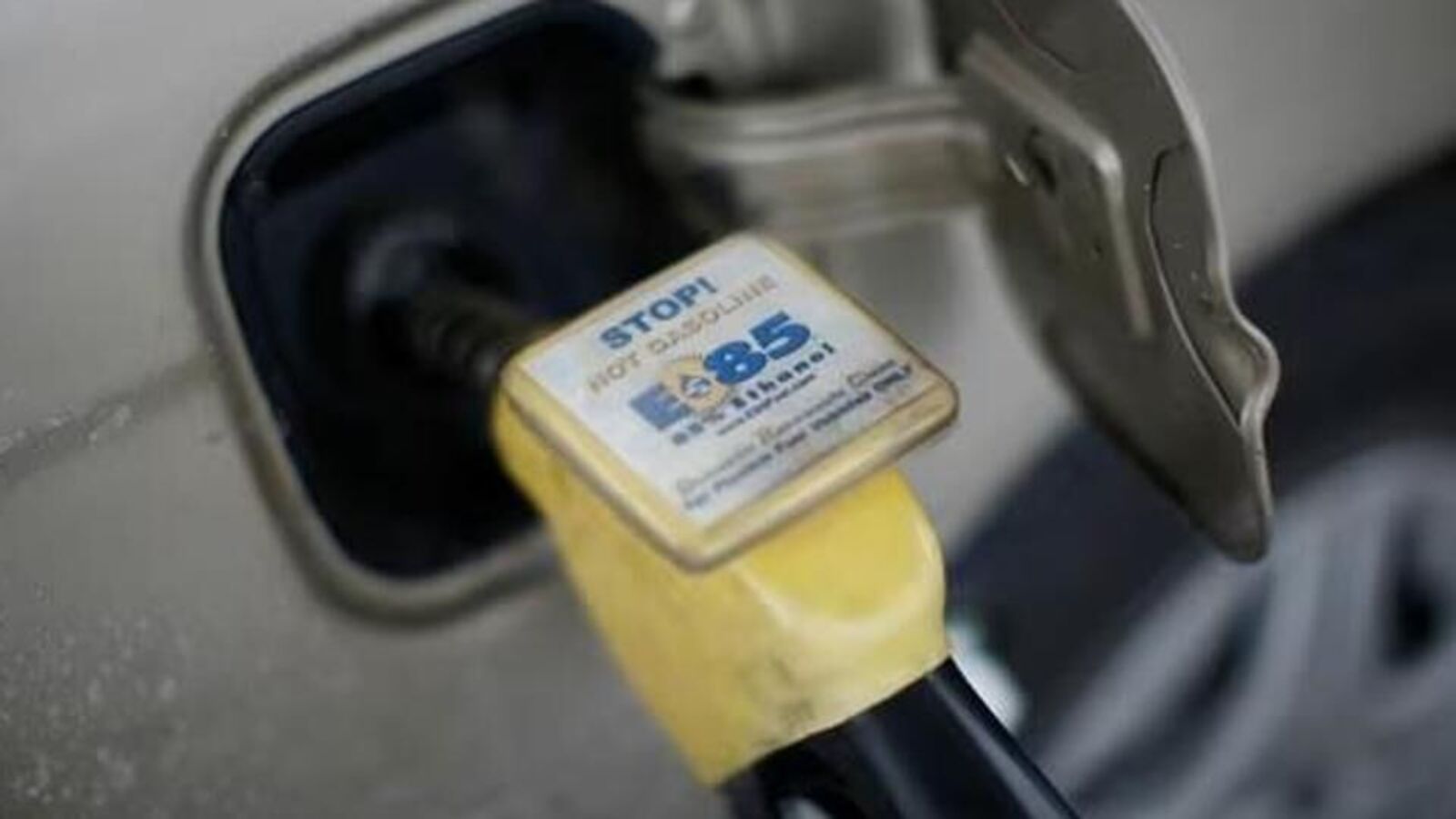
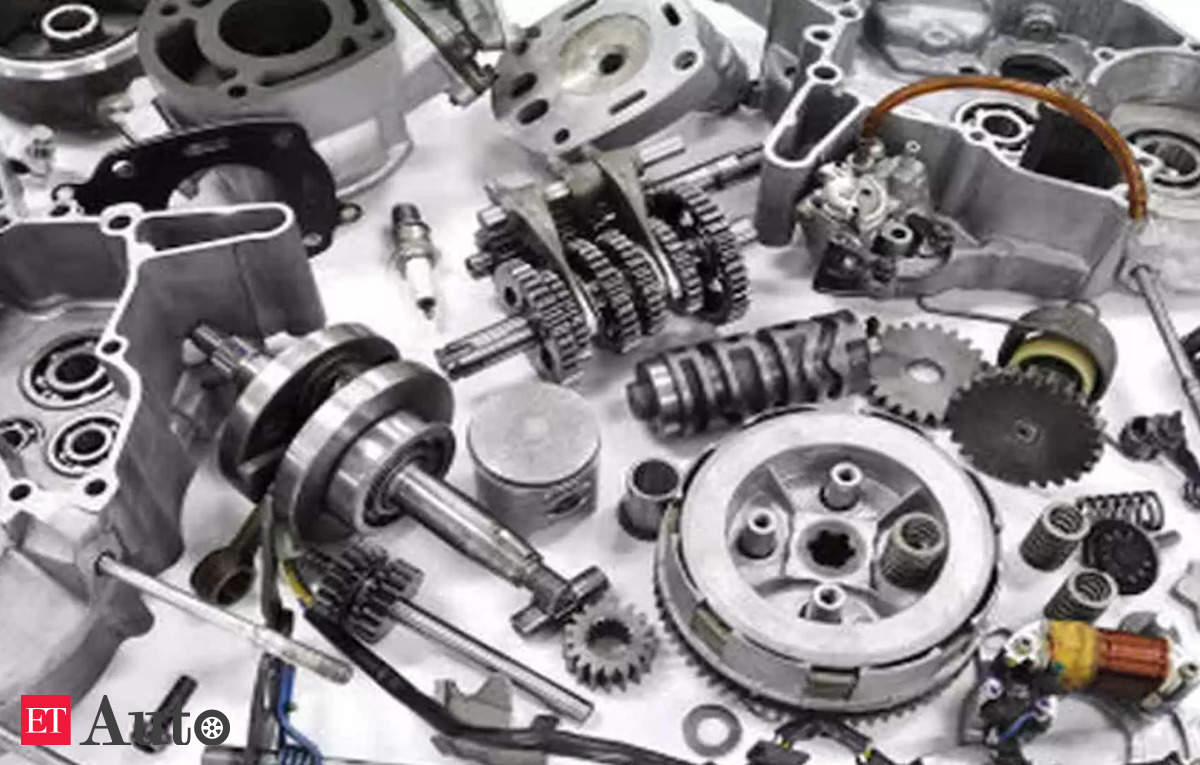
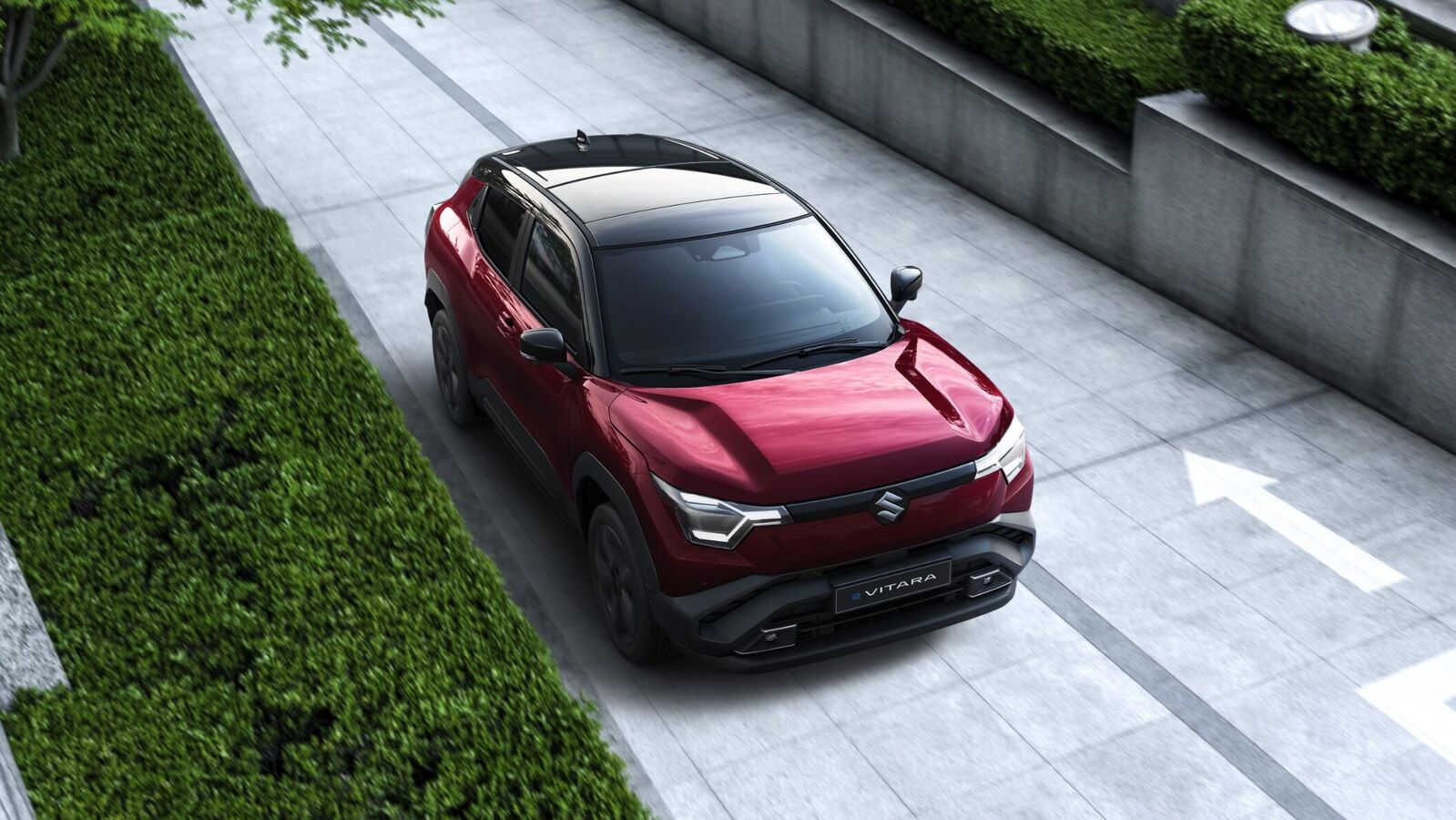
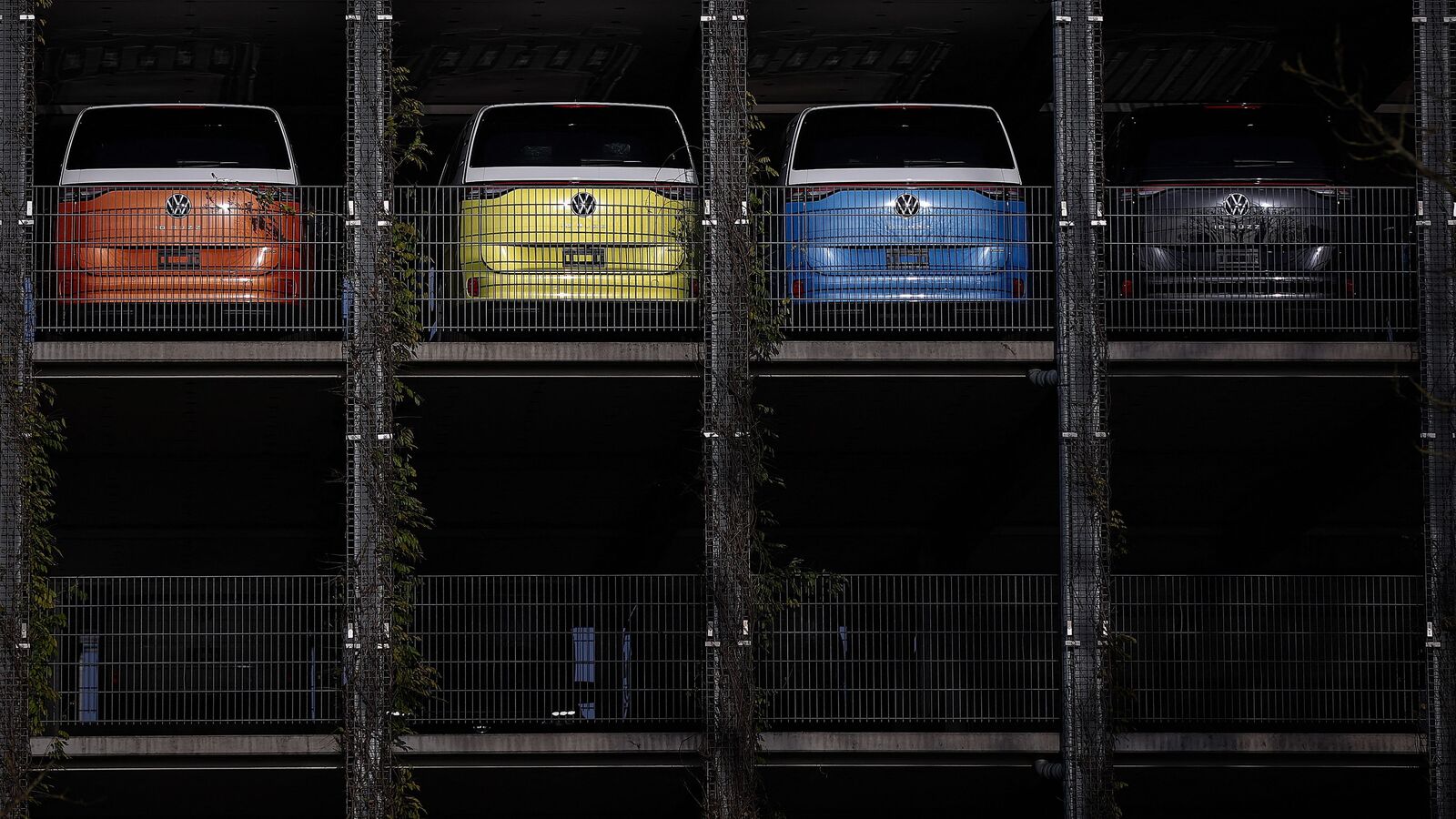
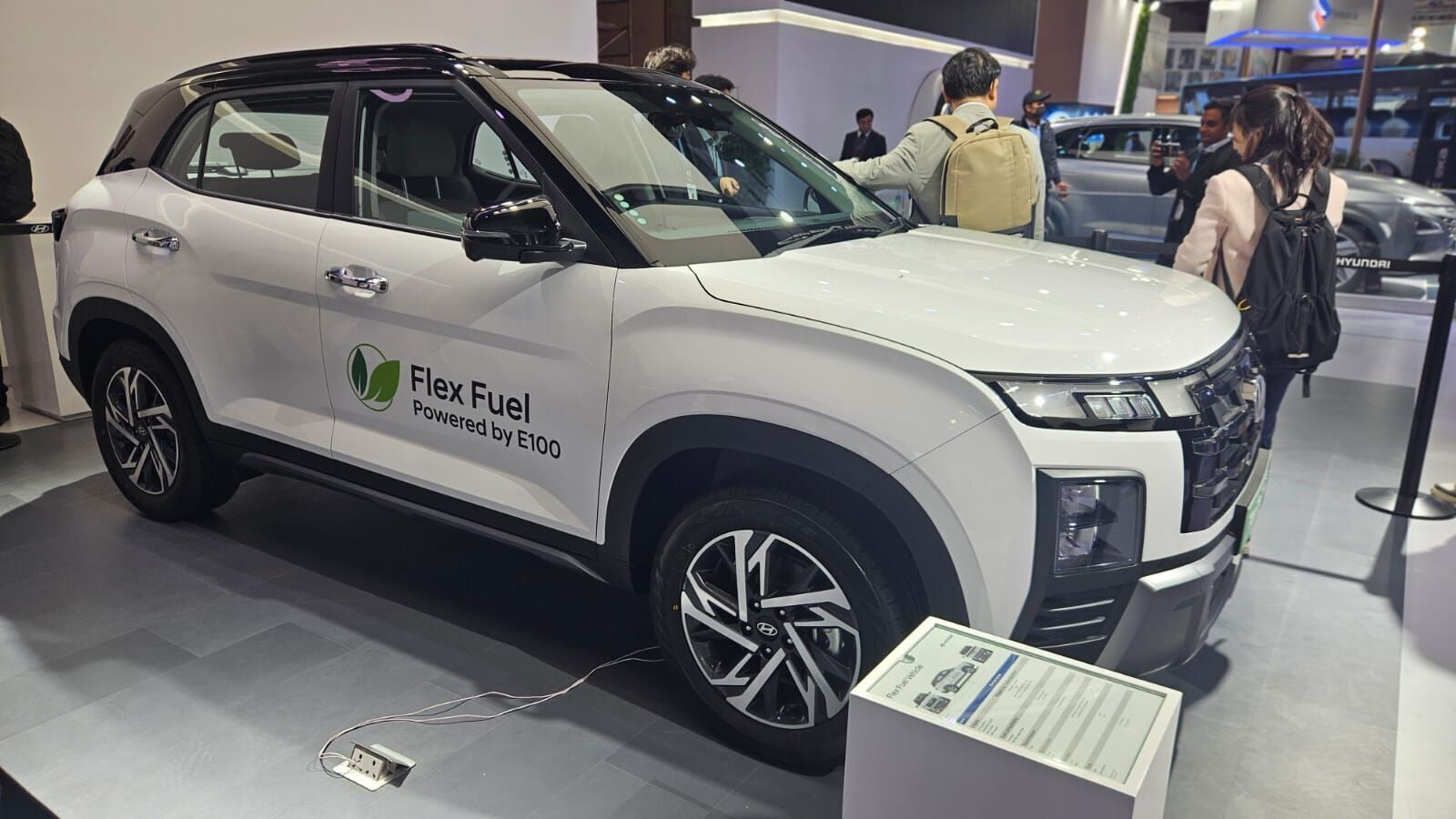



Leave a Reply